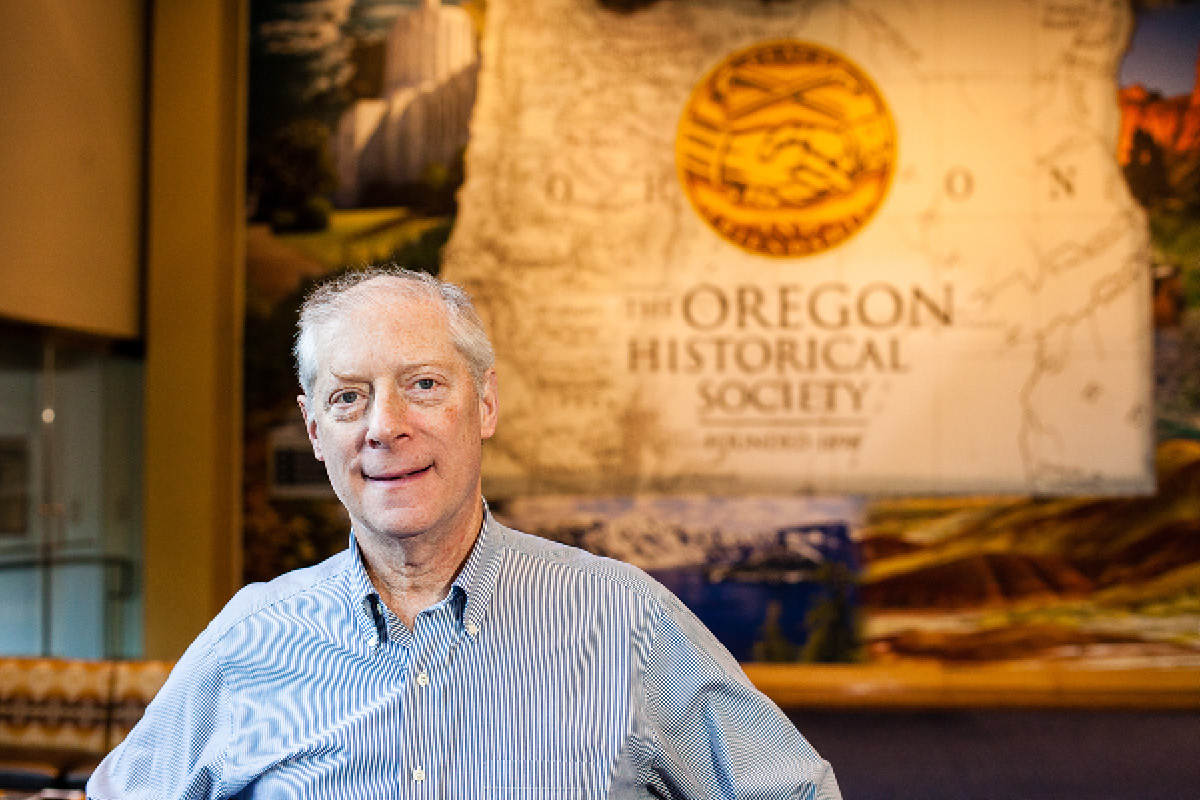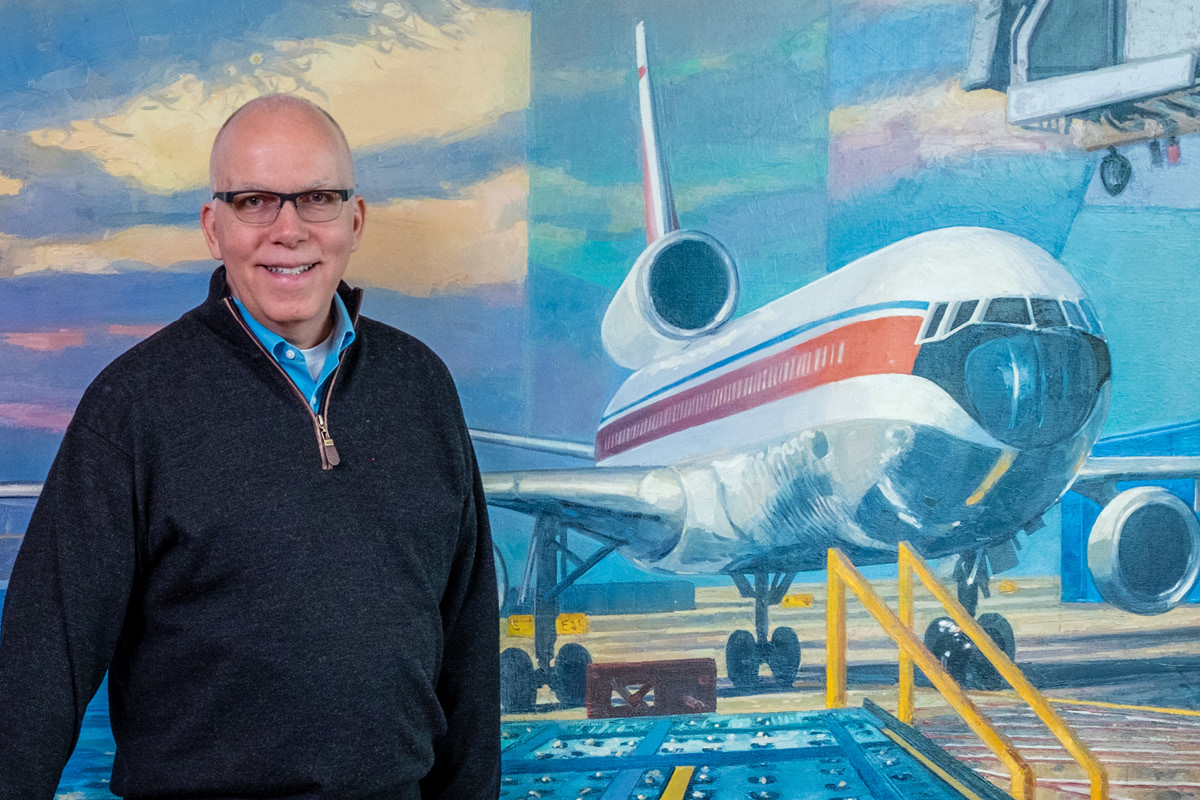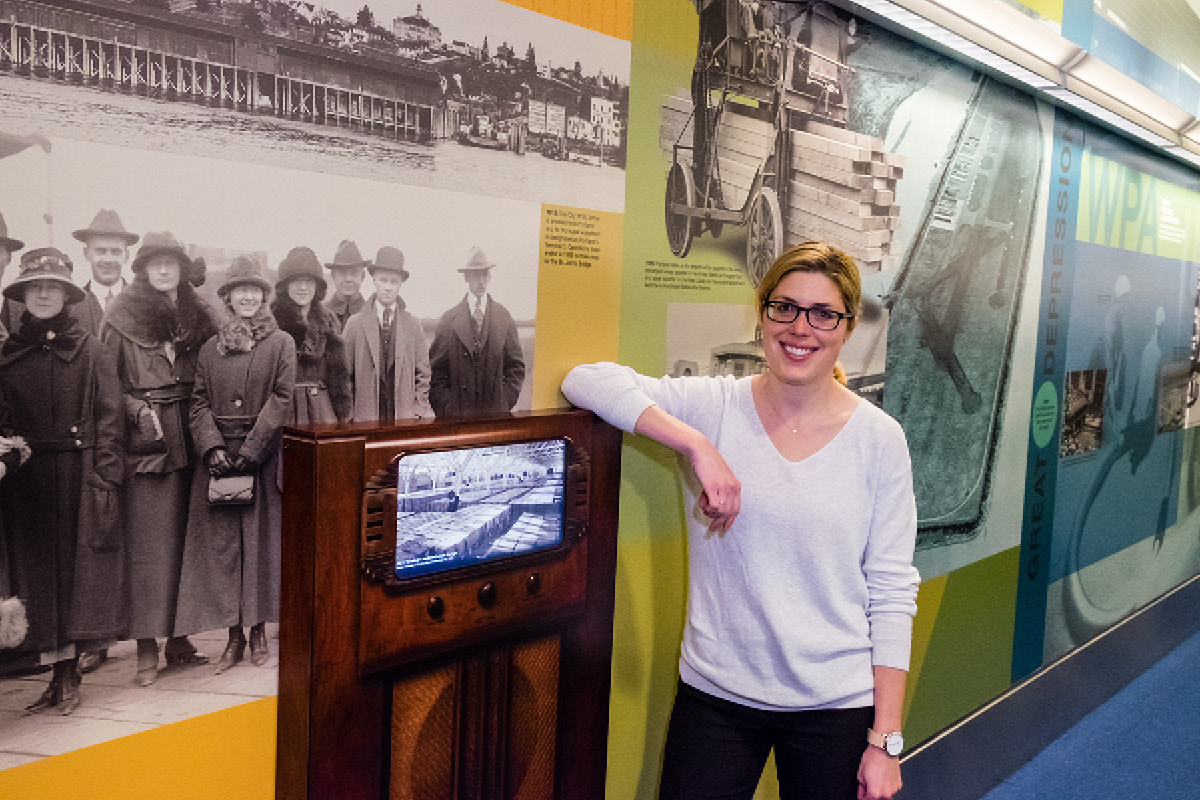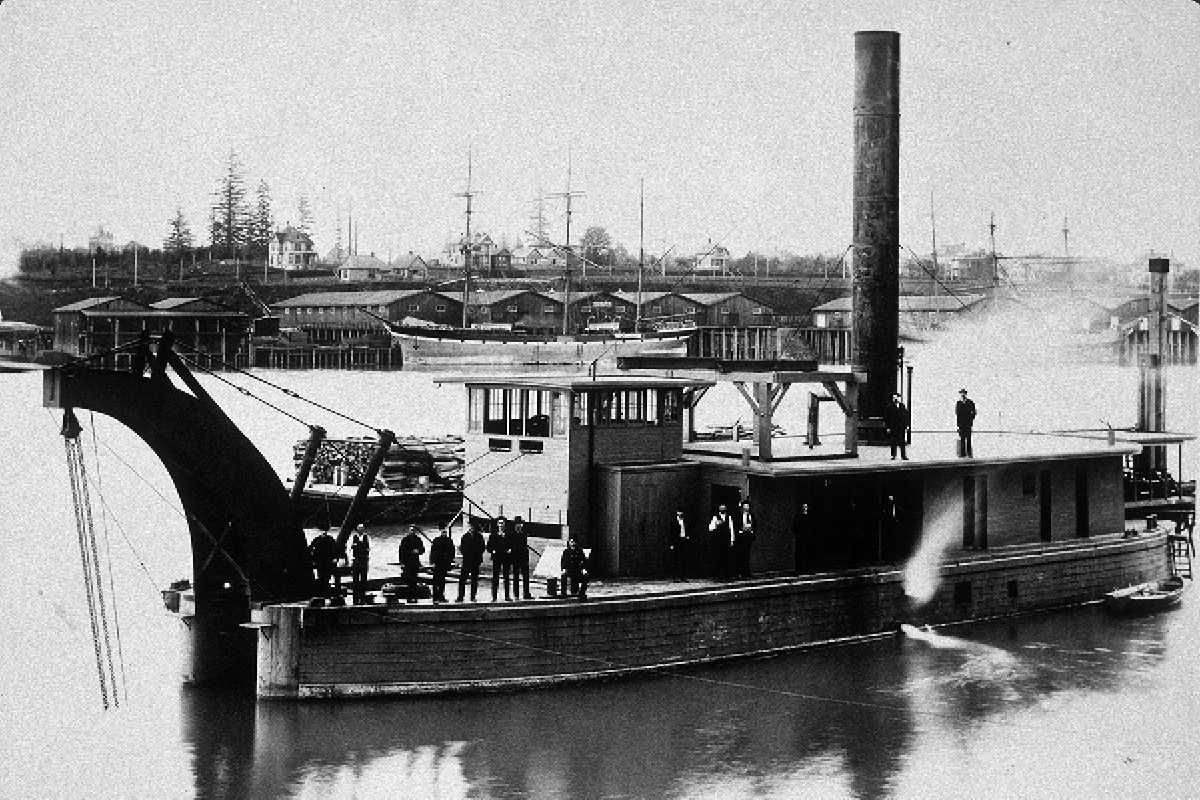Share this article! The Port of Portland was founded in 1891 to help Oregon remain a leader in international trade. While its facilities and functions have shifted over time, the port has maintained its core mission of building the state’s economy. As the organization celebrates its 125th anniversary this year, port leaders and local historians … Read more
The Port of Portland was founded in 1891 to help Oregon remain a leader in international trade. While its facilities and functions have shifted over time, the port has maintained its core mission of building the state’s economy. As the organization celebrates its 125th anniversary this year, port leaders and local historians are reflecting on the organization’s rich past and looking ahead to a bright future.
Native Americans traded along the Willamette and Columbia Rivers for centuries before Lewis and Clark arrived. Part of the reason the explorers took their cross-country trek was that Thomas Jefferson had identified the Oregon Territory as an ideal place to connect the United States with Asia. While some might question Jefferson’s choice, Morgen Young, a consulting historian with Alder LLC, points out that Portland is closer to the ocean than Seattle and Tacoma.
Portland was a leading shipping destination by the 1880s. However, a problem threatened its future viability. Its shipping channel was only 17 feet deep — too shallow to accommodate a new generation of ships being built in the late 19th century. To address this, the Oregon Legislature established the Port of Portland in 1891.
“The port was charged with dredging the Columbia and Willamette rivers and making those rivers accessible as ships got bigger and bigger,” says Chet Orloff, a professor of urban studies and planning at Portland State University and director emeritus of the Oregon Historical Society.

Chet Orloff – director emeritus, Oregon Historical Society
The port also embraced a mission that went beyond deepening the channels. “When the port was formally established, it created an organizing principle within Portland and Oregon for the process of trade,” Orloff says. It helped with marketing and other services that made the city more competitive.
By the 1920s, “Oregon was the leading wheat exporter in the United States and the leading lumber exporter in the world,” Young says. There were four docks between the current site of the Marquam Bridge and St. Johns. In 1920 over 4.5 million tons of freight passed through the port, nearly double the volume it handled in 1891.
The 1920s saw another major milestone for the Port: its first airport. “The port owned a piece of property called Swan Island, which it intended to develop as a marine facility,” says Steve Schreiber, former aviation director for the Port of Portland. But the port didn’t need more marine terminals in the 1920s, so they built an airfield instead. Charles Lindbergh dedicated the facility in 1927.
Airplanes, like ships, continued to grow in size. Limitations at the Swan Island facility meant the Port couldn’t build longer runways to accommodate them. Leaders started looking for a place to put “a super airport for the modern age of aviation,” Schreiber says. They settled on the current site of Portland International Airport in part because Pan Am was flying amphibious aircrafts in the 1930s. Conventional wisdom stated that airports would need water landing areas as well as runways.

Steve Schreiber – former aviation director, Port of Portland
In the 21st century, trade continues to have a huge impact on the state’s economy. The international exchange of goods and ideas supports nearly one in five Oregon jobs (including 268,000 jobs in Portland).
No single organization plays a bigger role in facilitating trade than the Port of Portland. It owns or manages three airports, four marine terminals and more than 10,000 acres of industrial land and mitigation sites. The marine sites alone provide employment for 23,000 people.
As executive director Bill Wyatt looks to the future, he says the port will continue its mission of improving facilities so they meet the needs of modern businesses. Portland International Airport is planning an expansion and new services to handle the 27 million passengers who will walk across its famous carpets by 2035. “The focus will be on efficiency and using technology to ease and enhance the customer experience,” he says.
On the marine side of the business, Wyatt says there have been $1 billion in improvements made to marine facilities and transportation-related infrastructure since the Columbia River channel was deepened in 2010. That’s a strong signal that businesses want to keep working in Portland despite cuts to container service in the past two years. “Our auto [import and export], bulk [grains and minerals] and break-bulk operations will continue on a strong upward trend,” he says.

Morgen Young – consulting historian, Alder LLC
The port will also continue to embrace its broader mission of improving the process of trade, Wyatt says. “One theme you will hear continually is our commitment to environmental sustainability. We remain keenly focused on living up to the region’s expectations and aspirations.” That’s why the port continually looks for ways to apply innovation and creativity to reducing its environmental impacts. The port reflects Oregonians’ values today, just as it did 125 years ago. It will continue to advocate for their needs and ideals well into the future.




